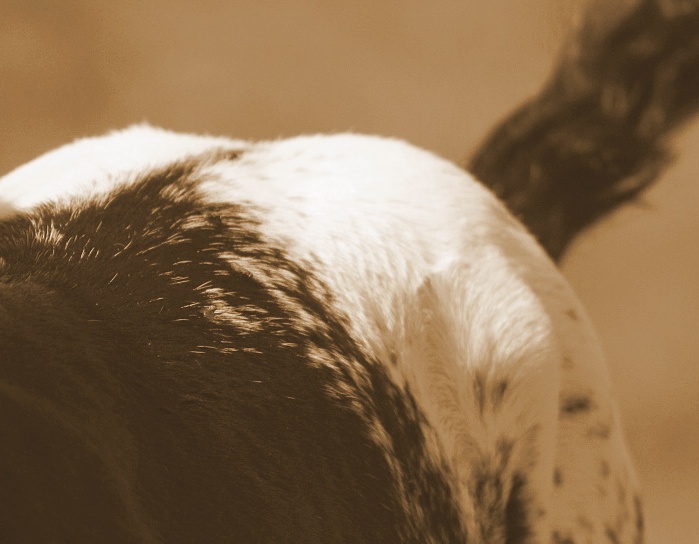The versatile, intelligent Appaloosa is the oldest recognizable breed in the world. Spotted horses are featured in prehistoric cave
paintings dating back 20,000 years. Archeological and historical records show the ancient Chinese Emperors describing them as "Heavenly Horses,"
and in 17th and 18th century Europe, aristocrats prized them highly as mounts.
The modern account of the Appaloosa horse is intertwined with the history of the American Native Indian.
In particular the Nez Perce tribe of what is now Northeast Oregon. The Nez Perce acquired the horses in approximately
1710 and quickly became superb horsemen. They developed horses of exceptional quality by practicing selective breeding,
the only Native American tribe to do so. The best stallions were used for breeding, the lesser quality males were castrated.
All culls and inferior stock were traded away to other tribes. Especially prized as war horses and buffalo runners were the
colorful spotted horses. The Nez Perce developed a tough, swift, surefooted mount to meet their needs. These same traits
were of value to the early frontiers men and were in high demand.
A spotted horse in the northwest was known as a "Palouse" horse, taken from the name of the tiny Palouse River
along which some Nez Perce grazed their vast herds. In time, "Appaloosa" became the most commonly used term for a spotted horse.
As a tribute to the importance of the American Indian to the Appaloosa breed, Appaloosa horse shows feature Native Dress classes
for men and ladies. Entrants' regalia of fine buckskin and beaded outfits are spectacular.
In 1877, the story of the Nez Perce and the Appaloosa takes a tragic turn.
Chief Joseph, the famous and much quoted leader of the peaceful Nez Perce became disheartened
by the many broken treaty promises of the United States Government. Rather than fight, the 700 Nez Perce men,
women and children chose to seek political asylum in Canada. For more than three months, traveling 1800 miles
over treacherous mountain terrain, the Nez Perce, mounted on their Appaloosa horses avoided capture by the pursuing
US Armies. The ongoing battles with the soldiers and the weak condition of his surviving people forced Chief Joseph to surrender.
They were in northern Montana -- only one day's journey from the Canadian border and freedom.
The strength of the Nez Perce had been their Appaloosa horses. The United States Government and
the missionaries set out to destroy that strength. Most of their horses were confiscated and sold to local settlers.
The Appaloosa that had escaped were hunted down by soldiers. A bottle of whiskey was the bounty paid for each Appaloosa horse shot.
The Nez Perce on their new reservation were encouraged to take up farming. Their fine Appaloosa stallions were replaced with draft stallions.
The effects of these crosses -- coarseheads and legs, and loss of refinement have taken generations to rid from the Appaloosa breed.
The modern Appaloosa is a result of some out breeding to the Thoroughbred and Quarter Horse.
The original trim, hardy Appaloosa horse was quickly disappearing from the American west and for 50 years was a "lost breed".
In 1938, a group of concerned stockmen in the northwestern United States formed the Appaloosa Horse Club to revive and preserve the Appaloosa horse.
In Canada, James Wyatt (an Alberta rancher and Dr. Grant MacEwan - in later years Alberta's Lt. Governor) established the charter in 1954 and under
the Federal Animal Pedigree Act is the official registry of Appaloosa horses in Canada.




